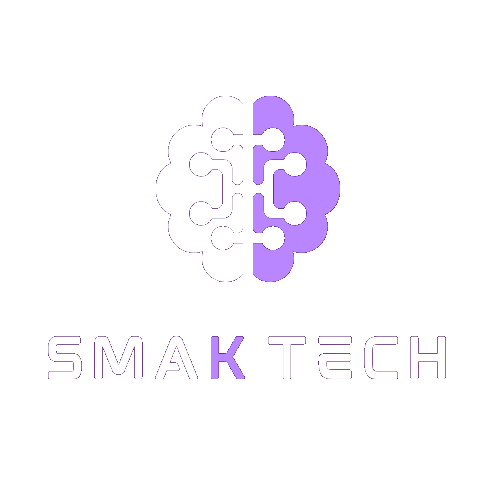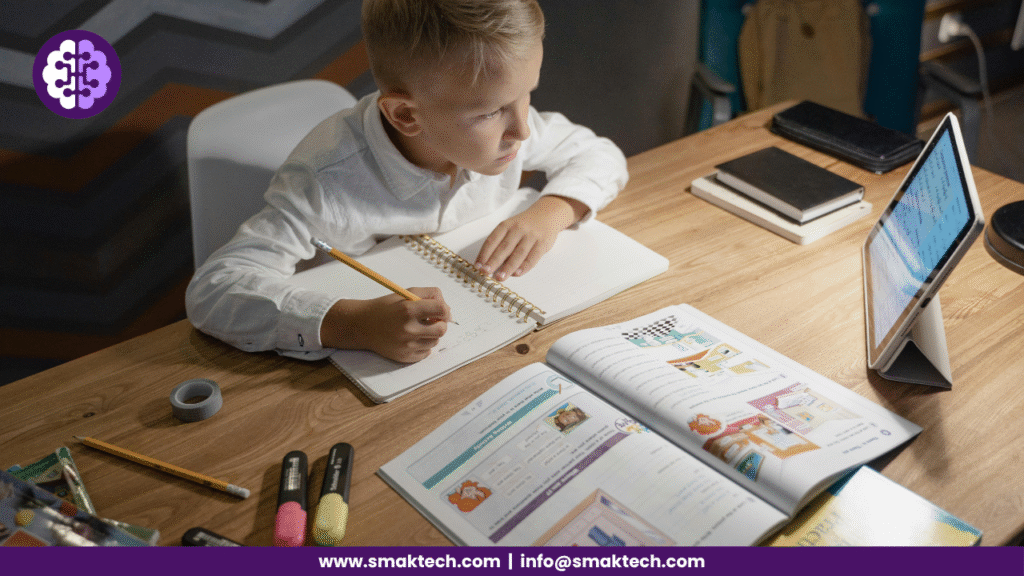Todays education sector changing very fast from digitalisation to artificial intelligent, Teachers and schools have many advance digital and AI options available and they are not only limited to traditional black or white boards, books, and lectures. With that, classrooms are becoming more interactive and student-focused. Data visualization is proving to be one of the most powerful tools among the many innovations are shaping the future of education.
Data visualization helps educators, parents, and students make smarter decisions by converting raw numbers into easy-to-understand visuals, i.e., charts and trends. From tracking academic progress to identifying learning gaps for the students, data visualization allows schools and teachers to personalize for each student.
In this blog, we’ll explore how data visualization in child education is changing the way learning happens and why it matters for student success.
Table of Contents
ToggleWhat is data visualization in Education?
Simply put, data visualization is the practice of turning complex data into visual formats such as charts, graphs, dashboards, and infographics. Instead of going through endless spreadsheets or reports, teachers and parents can quickly understand a child’s progress by looking at a visual representation.
For example:
- A line graph showing how a child’s math scores improved over the year.
- A pie chart showing time spent on different subjects.
- A dashboard displaying attendance, test performance, and extracurricular participation.
These visuals make information clear, actionable, and engaging.

Why Data Visualization Matters in Education
1. Personalized Learning
Every child has different strengths and weaknesses, and also their learning style is different. Some are strong in math but struggle with reading; others may be good in science but need help in writing. Some learn faster by watching, some like to listen and learn, and some read effectively and learn.Data visualization enables teachers to spot those gaps. By analyzing visual reports and trends, educators or teachers can design personalized learning plans tailored to each child’s strengths and weaknesses.
2. Improved Teacher Decision-Making
Teachers have limited time to manage large groups of students. Raw data reports often consume a lot of time for analysis. With data visualization, insights are immediate. A quick look at a chart can show which students need additional support and which ones are ready for advanced lessons.
3. Parental Involvement
Parents play a crucial role in a child’s education. But the report cards filled with numbers can be confusing for the parents. Data visualization here will help parents to understand their child’s progress more clearly. Dashboards or infographics make it easy for them to see attendance patterns, performance trends, or skill gaps, helping them support their child better.
4. Early Detection of Learning Gaps
One of the biggest challenges in education is identifying the start when a child is falling behind. Traditional methods may not solve the problem until exam results arrive. Data visualization gives learning gaps in real time, allowing schools and teachers to take corrective actions before it’s too late.
5. Encouraging Student Engagement
Students often find numbers and long theories are boring, but visuals are fun and interactive for them. Showing students their own progress through colorful dashboards or charts motivates them. For example, a child who sees a bar graph of improved reading scores may feel inspired to continue learning. Instead of waiting for exam or term-end reports, learners are able to see instant feedback, progress reports, and streaks after every activity—small nudges that keep momentum strong.
Practical Applications of Data Visualization in Education
Tracking Academic Performance
Teachers can use dashboards to track the test results, assignments, and subject-wise scores for each student, and based on that teachers can quickly identify areas where student needs improvement.
Attendance Monitoring
Visuals like graphs can reveal attendance patterns and highlight absenteeism. The pattern can be seen for a week, a month, and a year.
Skill Development Analysis
Charts can show progress in skills such as critical thinking, communication, or problem-solving, giving a holistic view of student development.
Comparative Class Analysis
Teachers can visualize all class and even all school performance to spot trends. For example, if most students struggle with fractions, the teacher can revisit the concept for the whole class. If class is lagging in english, school can arrange training for the teacher.
Extracurricular Tracking
Visual dashboards can also show a student’s involvement in arts, sports, and other activities, which ensures balanced development of students.
Benefits for Different Stakeholders
Teachers
- Quick identification of struggling students.
- Time-saving in planning lessons.
- Better classroom management.
Parents
- Clear understanding of their child’s growth.
- Easy-to-understand reports rather than complex data sheets.
- Increased confidence in school systems.
Students
- Motivated by seeing their progress visually.
- Clear targets and achievements shown in a simple way.
- Encourages self-learning and accountability.
Schools
- Improved communication with parents.
- Stronger reputation for using modern education practices.
- Data-driven decision-making for curriculum improvement.
How Data Visualization Supports Child-Centered Learning
Modern education focuses on putting the child at the center of learning. Data visualization in education makes this possible by:
- Highlighting each child’s unique learning style.
- Enabling adaptive teaching strategies.
- Providing actionable insights that drive better results.
For example, if a visualization shows that a child excels in visual-based subjects but struggles in text-heavy ones, teachers can use more images, videos, or infographics in their lessons for that student.
Challenges in Implementing Data Visualization
While the benefits are immense, there are challenges schools need to consider:
- Data Accuracy: If data entry is incorrect, visuals may mislead.
- Training Needs: Teachers need basic training to interpret dashboards.
- Cost Factor: Smaller schools may find technology investment expensive.
- Privacy Concerns: Student data must be kept safe and secure.
With the right ERP or education software, these challenges can be minimized.
The Future of Data Visualization in Child Education
As AI and machine learning integrate with education, data visualization will become even more powerful. Predictive analytics will allow teachers to forecast which students may need extra help in the future. Interactive dashboards will let students take ownership of their learning. Parents will have 24/7 access to progress insights, ensuring transparency.
In short, data visualization is not just a trend but a necessity for the future of child education.
Conclusion
Education is not about one-size-fits-all anymore. Every child deserves a personalized learning experience, and data visualization in education is making this possible. By converting data into meaningful visuals, schools can empower teachers, involve parents, and inspire students.
As classrooms become smarter, embracing data visualization ensures children are not just learning but thriving.
At SMAKTech, we believe in transforming education through smart, data-driven solutions. Our ERP software is designed to help schools harness the power of data visualization for better student outcomes. From real-time dashboards to easy-to-read reports, we simplify decision-making for teachers, parents, and administrators.
👉Ready to bring the future of learning to your school?
Visit smaktech.com today and explore how our solutions can empower your institution.




